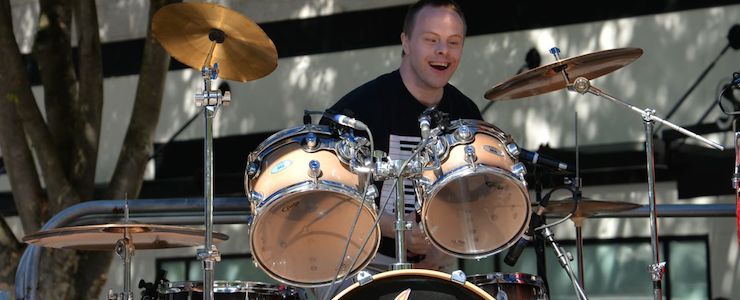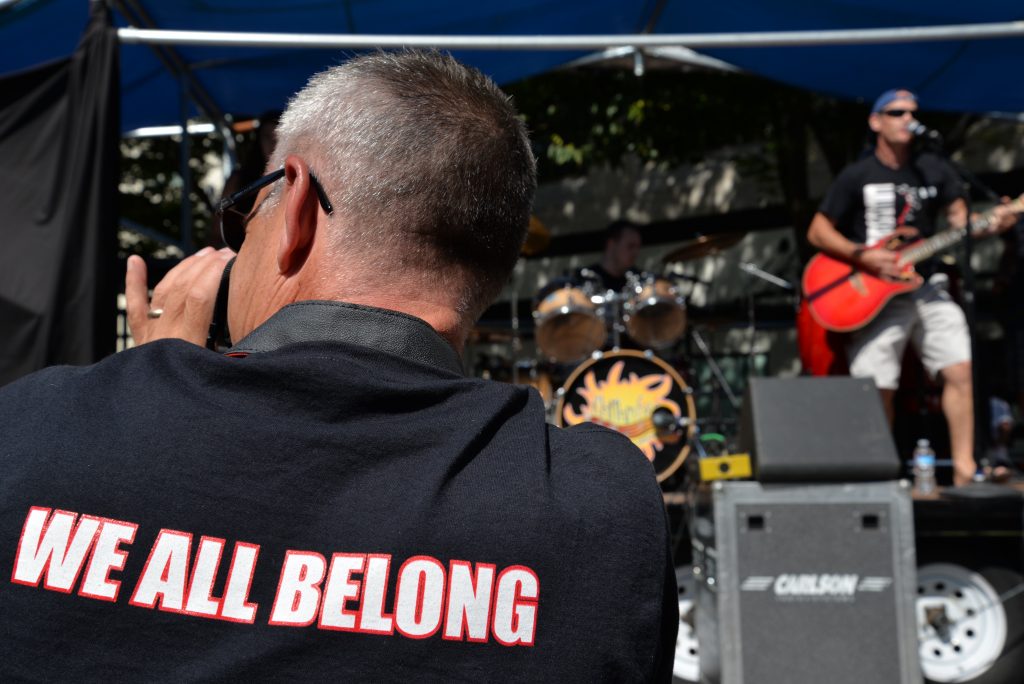Understanding Community Engagement and Community Inclusion Services
Our newest one page bulletin explains key differences between these two community-based services for individuals enrolled in the Developmental Disabilities Administration (DDA) Basic Plus and Core Waivers, Roads to Community Living and PASRR. Included are example scenarios of goals and which service would best meet those goals.
For additional information, visit DDA’s website and select Community Engagement and Community Inclusion Guidelines.
Text Version:
Community Engagement
Short-Term | Flexible | Creative
What is it?
Short term support to develop community resources that help meet identified goals in a person-centered service plan. Services can be extended through the plan period for multiple goals, or as needed.
Promotes increased community connections and access to informal supports to reach a variety of goals.
Who is it for?
DDA clients enrolled in the Basic Plus waiver or the Core waiver and not receiving residential habilitation services (WAC 388-845-1500), as well as individuals on PASRR and RCL. The amount of community engagement service is limited to the funding available in the client’s Basic Plus aggregate budget.
[Note: a similar service, called Community Engagement, is provided to DDA clients enrolled in the Individual & Family Services waiver program. However, unlike Basic Plus and Core waivers, individuals on IFS cannot also receive Community Inclusion services.]Community Inclusion
Long-Term | Ongoing | Skill-Building
What is it?
Ongoing support to learn and apply skills that result in greater independence and meaningful relationships for adults not receiving supported employment due to age or other qualifying conditions.
Promotes inclusive activities and relationships that reinforce the person’s valued role in the community.
Who is it for?
DDA clients enrolled in the Basic Plus or Core waivers, as well as individuals on PASRR and RCL, who are:
- age 62 or older, OR
- age 20-22* to 62 and have participated in supported employment services for nine consecutive months; or have been determined exempt from the nine month requirement by DDA due to medical or behavioral conditions or a lack of service delivery within 90 days of referral. (*WAC 388-845-2110)
What’s the best service to reach the goal?
Scenario #1 Goal:
Joel wants to volunteer at a food bank. He needs some initial support to be successful and would like to be able to use public transit to get to the volunteer site.
Services:
Community Inclusion (volunteer opportunity) AND Community Engagement (public transit).
Scenario #2 Goal:
Amy develops a friendship with a coworker and is asked to join a yoga class. She will need support to find transportation and to join the class.
Services:
Community Engagement (requires short-term support)
Scenario #3 Goal:
Lee wants to take an art class and will need ongoing supports. The funds from the art class goes to a local boys and girls club.
Services:
Community Inclusion (requires ongoing support)
Scenario #4 Goals:
Jamal’s goal is to work and earn money. He would also like to participate in a bowling league.
Services:
Community Engagement (to connect with bowling league). Because Jamal has a work goal, he would receive Supported Employment services rather than Community Inclusion.







